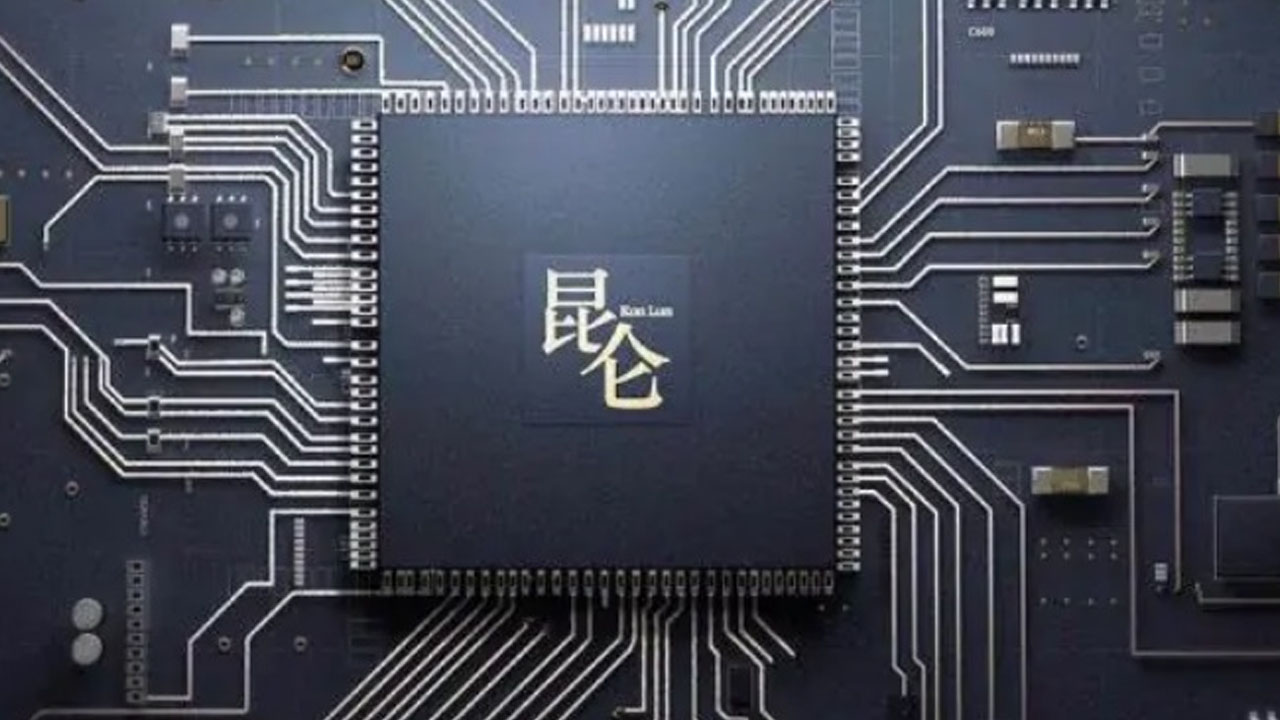Baidu officially declared that it’s Kunlun chip business has completed the signing of an independent financing agreement, with a post-investment valuation of approximately RMB 13 billion.
This round of financing was led by CPE Yuanfeng, with IDG Capital, Legend Capital, and Yuanhe Puhua as follow-up investors.
Baidu Kunlun chip is a cloud AI general chip independently developed by Baidu. At the Baidu AI Developer Conference held in July 2018, Li Yanhong, Chairman and CEO of Baidu, officially announced that Baidu’s self-developed AI chip was named Kunlun, and related business departments were established.

Baidu Kunlun focuses on creating high-performance, low-cost, highly flexible, autonomous, and controllable general-purpose AI chips to empower the Internet, industrial manufacturing, smart cities, smart transportation, scientific research, and other fields.
Baidu Kunlun 1 was successfully taped out in 2019, using Samsung’s 14nm process technology, and currently mass-produced more than 20,000 pieces, which are widely deployed in Baidu search engine and Baidu intelligent cloud ecological partners.
Baidu Kunlun 2 is under development, will be mass-produced in the second half of this year. Using 7nm advanced technology, its performance will be three times higher than that of Baidu Kunlun 1.
After the completion of this independent financing, Baidu Kunlun will further realize multi-scenario coverage and accelerate the evolution of computing to intelligent computing. While continuing to work in-depth with Baidu’s business.
It will actively expand external customers and fully enable multi-scenario applications. Li Yanhong previously stated that AI chips are a high-tech threshold and high-risk investment, but Baidu hopes to make a breakthrough in the field of AI chips.
Because it is closely related to platform capabilities and can make full use of our advantages in the field of deep learning frameworks. In the long run, AI chips will create additional capabilities and efficiency improvements for cloud computing platforms and intelligent driving systems.

(Via)











